It looks like you're using an Ad Blocker.
Please white-list or disable AboveTopSecret.com in your ad-blocking tool.
Thank you.
Some features of ATS will be disabled while you continue to use an ad-blocker.
share:
a reply to: AdmireTheDistance
How about in megalithic sites we often see the most massive and finely worked stone is on the bottom of very crude stone work. Ie. Ollantaytambo, djoser pyrimid in Sacarra, Machu Picchu, and Baalbek. How can you find more technologically advanced stone working techniques and ablility to move heavier stones underneath works that is attributed to the areas first civilization?
Ollantaytambo
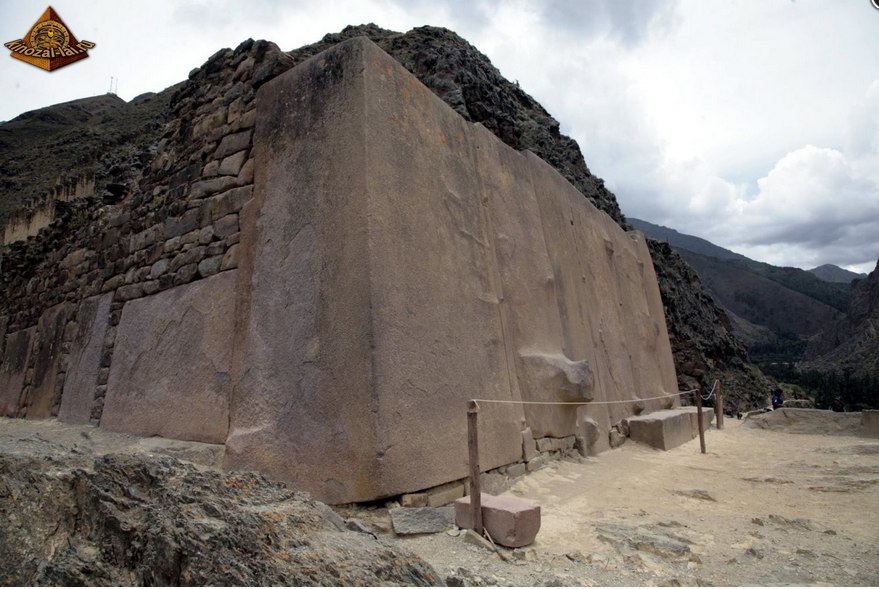
How about in megalithic sites we often see the most massive and finely worked stone is on the bottom of very crude stone work. Ie. Ollantaytambo, djoser pyrimid in Sacarra, Machu Picchu, and Baalbek. How can you find more technologically advanced stone working techniques and ablility to move heavier stones underneath works that is attributed to the areas first civilization?
Ollantaytambo

edit on 12-4-2015 by BGTM90 because: (no reason given)
edit on 12-4-2015 by BGTM90 because: (no reason given)
a reply to: AdmireTheDistance
continuation of above post:
Ollantaytambo:
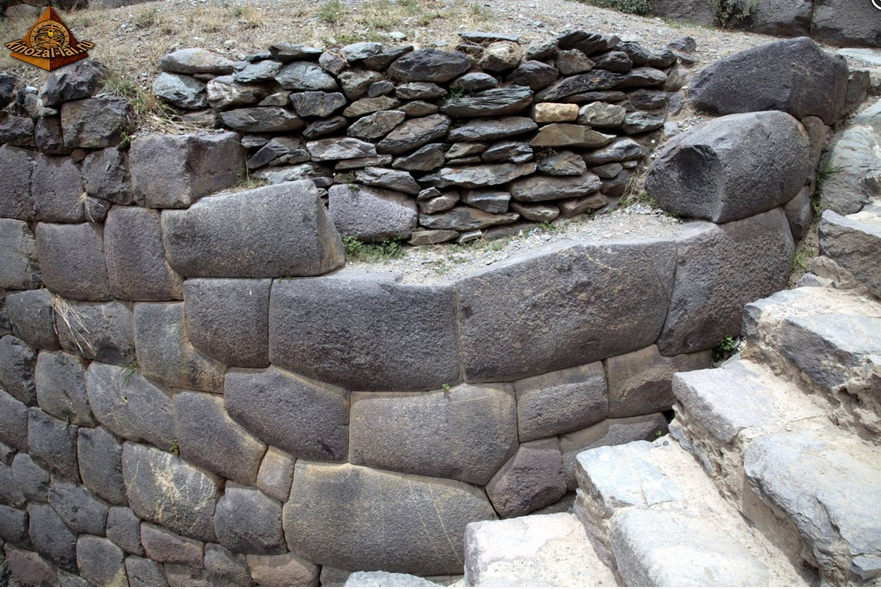
Machu Picchu:
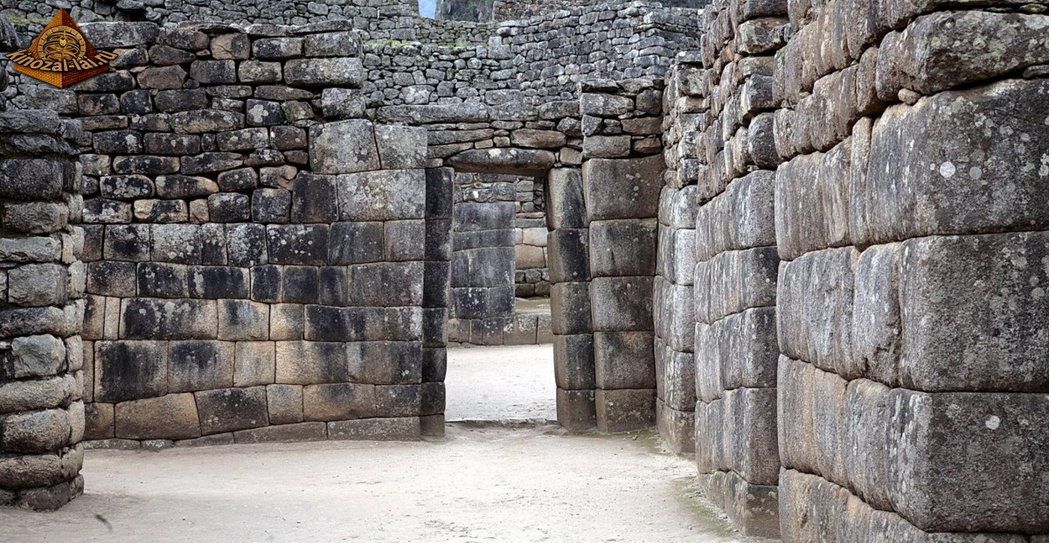
Saqqara:
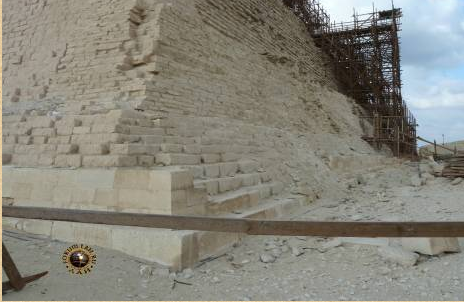
These are not casing stones. The step pyramid never had casing stones as it is a just an extravagant mastaba.
Now why would these builders start out with this impeccable stone just to revert back to using "old methods"?
Source for pictures:
kinozal-lai.ru...
continuation of above post:
Ollantaytambo:

Machu Picchu:

Saqqara:

These are not casing stones. The step pyramid never had casing stones as it is a just an extravagant mastaba.
Now why would these builders start out with this impeccable stone just to revert back to using "old methods"?
Source for pictures:
kinozal-lai.ru...
edit on 12-4-2015 by BGTM90 because: (no reason given)
edit on 12-4-2015 by BGTM90 because: (no reason
given)
a reply to: BGTM90
There are many possible reasons. They could have started the project, realized that were they to continue using the same methods, that they would never complete it on schedule, and switched techniques. They may have run out of easily obtainable larger stones. They may have been faced with a significant reduction in the workforce due to war/disease. Depending on the times involved, the original methods may have been forgotten.
Those are just broad examples. There are any number of scenarios that could explain such things. "Evidence that cannot be explained by current theories and paradigms", it is not.
There are many possible reasons. They could have started the project, realized that were they to continue using the same methods, that they would never complete it on schedule, and switched techniques. They may have run out of easily obtainable larger stones. They may have been faced with a significant reduction in the workforce due to war/disease. Depending on the times involved, the original methods may have been forgotten.
Those are just broad examples. There are any number of scenarios that could explain such things. "Evidence that cannot be explained by current theories and paradigms", it is not.
edit on 4/13/2015 by AdmireTheDistance because: (no reason given)
a reply to: AdmireTheDistance
The current theories in archeology is that they simply just built this way. No reason given. So each one of those are not current theories or paradigm. But, I can cross one of those out for you with just logical thinking. Ollantaytambo's quarry was directly accross a valley and there are still large worked stones not only in the quarry but a long the path leading to Ollantaytambo. Also the granite you see at Saqqara came from Aswan and we can all see there is still granite there. Now your last theory that's definitely not current theory you could have just said, Lost Ancient Civilization.
The current theories in archeology is that they simply just built this way. No reason given. So each one of those are not current theories or paradigm. But, I can cross one of those out for you with just logical thinking. Ollantaytambo's quarry was directly accross a valley and there are still large worked stones not only in the quarry but a long the path leading to Ollantaytambo. Also the granite you see at Saqqara came from Aswan and we can all see there is still granite there. Now your last theory that's definitely not current theory you could have just said, Lost Ancient Civilization.
edit on 13-4-2015 by BGTM90 because: (no reason given)
originally posted by: BGTM90
a reply to: AdmireTheDistance
The current theories in archeology is that they simply just built this way. No reason given. So each one of those are not current theories or paradigm. But, I can cross one of those out for you with just logical thinking. Ollantaytambo's quarry was directly accross a valley and there are still large worked stones not only in the quarry but a long the path leading to Ollantaytambo. Also the granite you see at Saqqara came from Aswan and we can all see there is still granite there. Now your last theory that's definitely not current theory you could have just said, Lost Ancient Civilization.
I could have, but there is no evidence for one. As I stated, those were just generalized scenarios. I wasn't claiming any of them to be historical fact, for any given site.
originally posted by: AdmireTheDistance
Example, please...
Sorry for keeping you waiting, I suppose most on here know many examples that are difficult to explain. Here goes a selection of my personal favorites:
Example 1: Stones extending around corners

Example 2: Perfectly bevelled faces and sunken joints
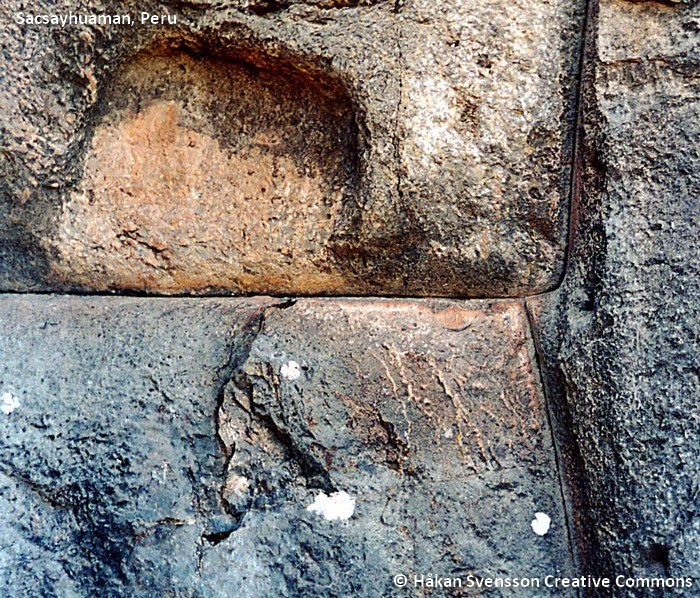

Example 3: Bosses protruding from andesite and granite blocks
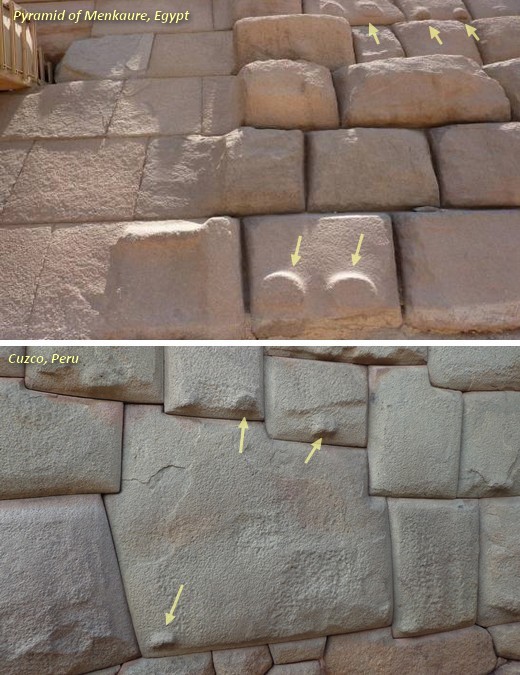
Example 4: Very similar techniques across different continents from cultures that are said to never have been in contact
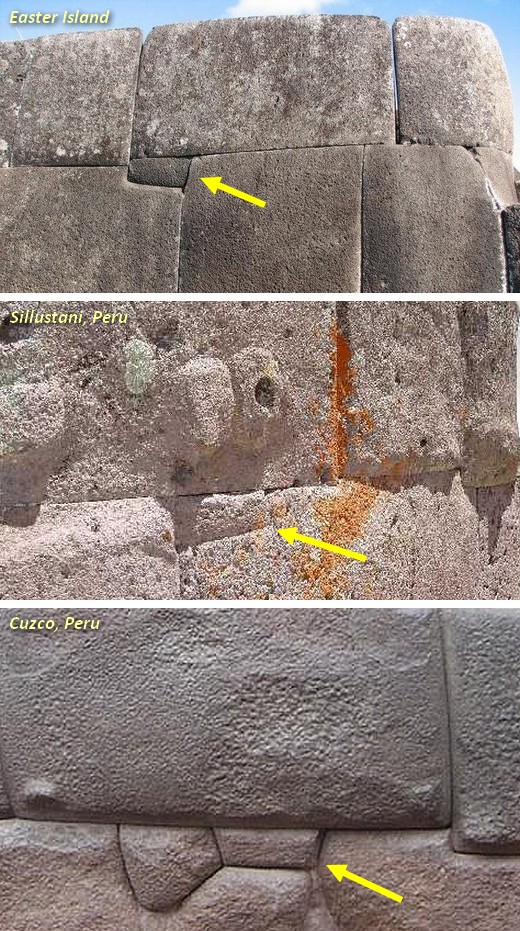
And that doesn't even include the toolmarks found on many Egyptian artifacts or the monolithic sarcophagi at Saqqara each of which had been fabricated out of one piece. There are many other examples and the methods applied to achieve these results are unknown up to this day ...
edit on
13-4-2015 by jeep3r because: text
a reply to: AdmireTheDistance
Yes but you asked for examples of things that can't be explained by the current theory and when given these examples, you give "alternative explanations" To me it seams that you are hinting at that the current theory is not the one that fits best?
Yes but you asked for examples of things that can't be explained by the current theory and when given these examples, you give "alternative explanations" To me it seams that you are hinting at that the current theory is not the one that fits best?
edit on 13-4-2015 by BGTM90
because: (no reason given)
originally posted by: donktheclown
These pics remind me of rotary tool chatter....Unbelievable stuff though, thanks.
a reply to: JamesTB
As a machinist, I agree.
For the uninitiated, this is what tool chatter looks like on a small scale:

Now scale that up to the sizes we're seeing in the photos.
edit on 4/13/2015 by Answer because: (no reason given)
edit on
4/13/2015 by Answer because: (no reason given)
a reply to: BGTM90
Looking at the image, scaffolding in the background, it seems more likely that the 'impeccable stone' is modern renovation to shore up weakened/eroded/missing foundation blocks.
I sometimes curse Isaac Newton for inventing gravity...
Saqqara:
These are not casing stones. The step pyramid never had casing stones as it is a just an extravagant mastaba.
Now why would these builders start out with this impeccable stone just to revert back to using "old methods"?
Looking at the image, scaffolding in the background, it seems more likely that the 'impeccable stone' is modern renovation to shore up weakened/eroded/missing foundation blocks.
How about in megalithic sites we often see the most massive and finely worked stone is on the bottom of very crude stone work.
I sometimes curse Isaac Newton for inventing gravity...
a reply to: Kandinsky
Do you have any sources as to these stone being put there in modern times? You think it would be documented by mondern archeologists. Also I don't know where your going with Isaac Newton gravity thing can you please ellborate on your idea?
Do you have any sources as to these stone being put there in modern times? You think it would be documented by mondern archeologists. Also I don't know where your going with Isaac Newton gravity thing can you please ellborate on your idea?
edit on 13-4-2015 by BGTM90 because: (no reason
given)
originally posted by: BGTM90
a reply to: AdmireTheDistance
Saqqara:
These are not casing stones. The step pyramid never had casing stones as it is a just an extravagant mastaba.
Now why would these builders start out with this impeccable stone just to revert back to using "old methods"?
The more important question is why you would make this offhand claim about no casing stones on Djoser's pyramid. Note:
After the third stage was finished, the process to make it a true step pyramid was begun. Over 200,000 tons of stone were used to make the additional two tiers that went above the existing two-tiered structure. An additional two tiers were added above the existing four to make it into the six-tiered pyramid which is there today. A Tura limestone face was added on.
Read more: www.touregypt.net...
I think I already stated that one should make some attempt to learn a few things (at least) concerning the subject prior to making pronouncements concerning it.
Harte
a reply to: Harte
Ok I read that the step pyramid was not incased like the great pyramids. Sorry I was wrong should have done more research. But you never got back to me on my previous reply to you. Just incase you missed it hear it is:
"The cut was clearly V shaped. As in the outside width was bigger than the inside width. So the outside or widest part of the cut is less than 3 millimeters. The fractions of a millimeter comment was clearly talking the thinnest part of the cut. Also can you please point out which method you are speaking of? I've gone back through the thread and can't find the part you are speaking of."
Thank you for the correction.
Ok I read that the step pyramid was not incased like the great pyramids. Sorry I was wrong should have done more research. But you never got back to me on my previous reply to you. Just incase you missed it hear it is:
"The cut was clearly V shaped. As in the outside width was bigger than the inside width. So the outside or widest part of the cut is less than 3 millimeters. The fractions of a millimeter comment was clearly talking the thinnest part of the cut. Also can you please point out which method you are speaking of? I've gone back through the thread and can't find the part you are speaking of."
Thank you for the correction.
originally posted by: BGTM90
a reply to: Harte
Ok I read that the step pyramid was not incased like the great pyramids. Sorry I was wrong should have done more research. But you never got back to me on my previous reply to you. Just incase you missed it hear it is:
"The cut was clearly V shaped. As in the outside width was bigger than the inside width. So the outside or widest part of the cut is less than 3 millimeters. The fractions of a millimeter comment was clearly talking the thinnest part of the cut. Also can you please point out which method you are speaking of? I've gone back through the thread and can't find the part you are speaking of."
Thank you for the correction.
Sorry. In the past week my computer died. Now I'm on a new one and I lost track. (I'm sort of on the fence now about Windows 8.1, BTW.)
Without going back, I don't know if it was in this thread - I was reading/posting in another thread at the same time - the one with the "basalt floor" in the title.
The answer is copper or bronze slabbing saws, using sand as an abrasive rather than teeth on the saws.
The AE's left a few depictions of themselves using such saws, as well as pounding stones and rubbing stones (the latter used for smoothing surfaces.)
Harte
edit on 4/15/2015 by Harte because: of the wonderful things he does!
new topics
-
There Must Be Something to Hide!
Political Conspiracies: 57 minutes ago -
Your Opinion ... 2nd assassination attempt ... the shooter was a ... ????
Political Conspiracies: 4 hours ago -
tweeting nasty words worse than child porn according to judges and the Labour party
Mainstream News: 6 hours ago -
The Why Files does Alien Implants
Aliens and UFOs: 8 hours ago -
Democrats Oversee Big Surge In Cop Murder
Social Issues and Civil Unrest: 8 hours ago -
The "Hundredth Monkey" Effect and the Modern Western "Agenda"
New World Order: 9 hours ago -
Sen. Johnson Asks the CDC How Many Americans Were Killed by COVID Shots
Science & Technology: 11 hours ago
top topics
-
Sen. Johnson Asks the CDC How Many Americans Were Killed by COVID Shots
Science & Technology: 11 hours ago, 26 flags -
tweeting nasty words worse than child porn according to judges and the Labour party
Mainstream News: 6 hours ago, 16 flags -
Democrats Oversee Big Surge In Cop Murder
Social Issues and Civil Unrest: 8 hours ago, 14 flags -
Your Opinion ... 2nd assassination attempt ... the shooter was a ... ????
Political Conspiracies: 4 hours ago, 10 flags -
Gender identity
Rant: 17 hours ago, 10 flags -
The Why Files does Alien Implants
Aliens and UFOs: 8 hours ago, 8 flags -
I just looked around and he's gone
Music: 14 hours ago, 7 flags -
There Must Be Something to Hide!
Political Conspiracies: 57 minutes ago, 7 flags -
The "Hundredth Monkey" Effect and the Modern Western "Agenda"
New World Order: 9 hours ago, 6 flags -
1 and 2 Kings
Religion, Faith, And Theology: 17 hours ago, 0 flags
active topics
-
There Must Be Something to Hide!
Political Conspiracies • 8 • : AlexandrosOMegas -
tweeting nasty words worse than child porn according to judges and the Labour party
Mainstream News • 36 • : yuppa -
-@TH3WH17ERABB17- -Q- ---TIME TO SHOW THE WORLD--- -Part- --44--
Dissecting Disinformation • 2615 • : Thoughtful3 -
Your Opinion ... 2nd assassination attempt ... the shooter was a ... ????
Political Conspiracies • 60 • : FlyersFan -
Another attempt on Trump?
2024 Elections • 378 • : wAnchorofCarp -
Trump is the planet's leading defender of domestic animals
Mainstream News • 90 • : andy06shake -
The Reactionary Conspiracy 13. The plot’s theology.
General Conspiracies • 225 • : MarxistDebunker2 -
Kamala Harris helped shut down Backpage.com. Sex workers are still feeling the fallout
US Political Madness • 9 • : StudioNada -
Sen. Johnson Asks the CDC How Many Americans Were Killed by COVID Shots
Science & Technology • 36 • : tarantulabite1 -
Gender identity
Rant • 18 • : Irishhaf
